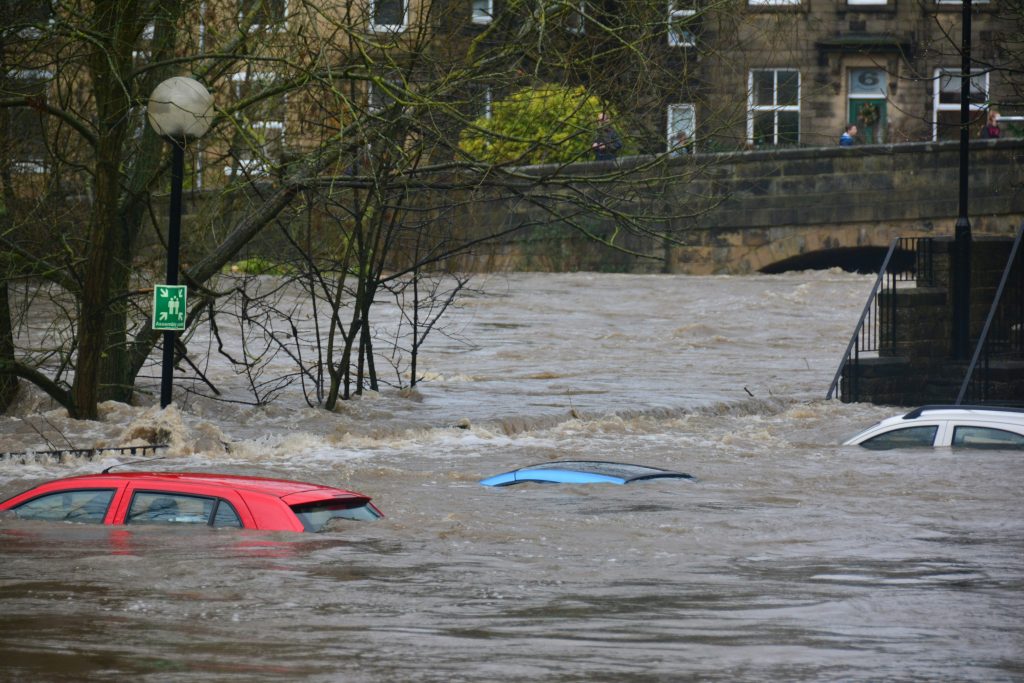Disasters Are Not Natural
We often speak of “natural disasters” as the floods, winds, fires and earthquakes that can wreak such great damage on our communities, seemingly at random. But in truth, disasters are never truly natural and they are less random than we realize.
Experts use the following as shorthand to demonstrate this notion that nearly all disasters – regardless of the event – are really man-made:
DISASTER = HAZARD + EXPOSURE + VULNERABILITY

This formula represents our understanding that DISASTERs are the consequences of these HAZARDS (like hurricanes and tornadoes) striking a community that is not adequately prepared and protected (EXPOSURE), containing a population that is at-risk (VULNERABLE).
What causes the hazard?
Natural processes are bound to occur – some more predictably than others. Climate change has had the unfortunate effect of making these occurrences much more severe and frequent – bigger hurricanes, heavier rainfalls, longer laster droughts, more frequent and intense wildfires
Why are communities ill-prepared?
Some have old infrastructure that is not optimized for the bigger storms. Some communities are built in high-risk areas like floodplains or contain man-made risks like chemical plants or nuclear reactors. And some simply have not created contingency plans.
Why are communities vulnerable?
Poverty is a major cause of vulnerability to disasters. Lack of adequate resources – from food to healthcare to education to finance – makes a community less resilient and more vulnerable. Very often, this scarcity is the result of policy decisions, of investment choices or even targeted exclusion of certain populations.
We’ve come to understand that nearly all disasters result in part from a decision society has made. Catastrophic earthquakes are partly the result of poorly built infrastructure, inadequate enforcement of code or even corruption. Devastating flooding can occur from bad land use policies, rapidly changing floodplains and misaligned incentives. Tornado damage can result from low-income communities being pushed into living in known paths.
As an agency, we need to decide how to respond to disasters. As a community, we need to decide how to prevent these man-made disasters from happening in the first place.
For more on this topic, a good place to start is the United Nations Office for Disaster Risk Reduction.